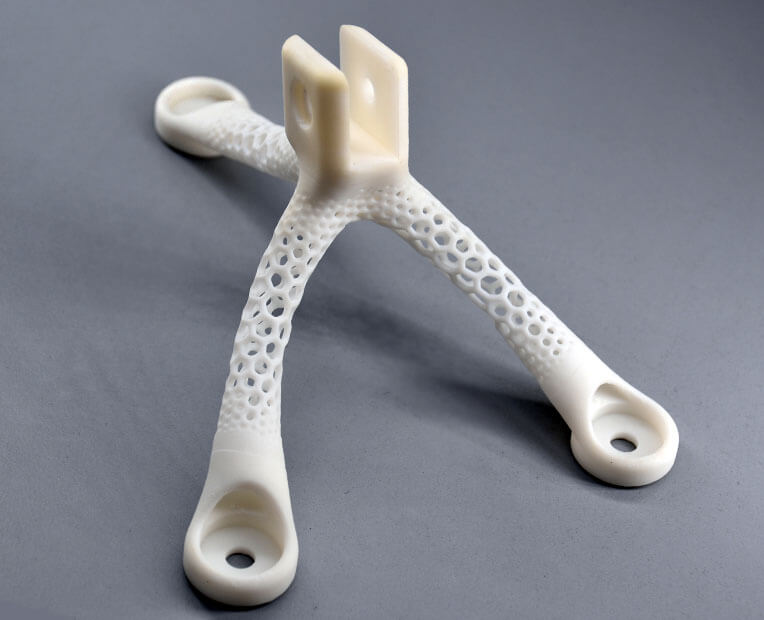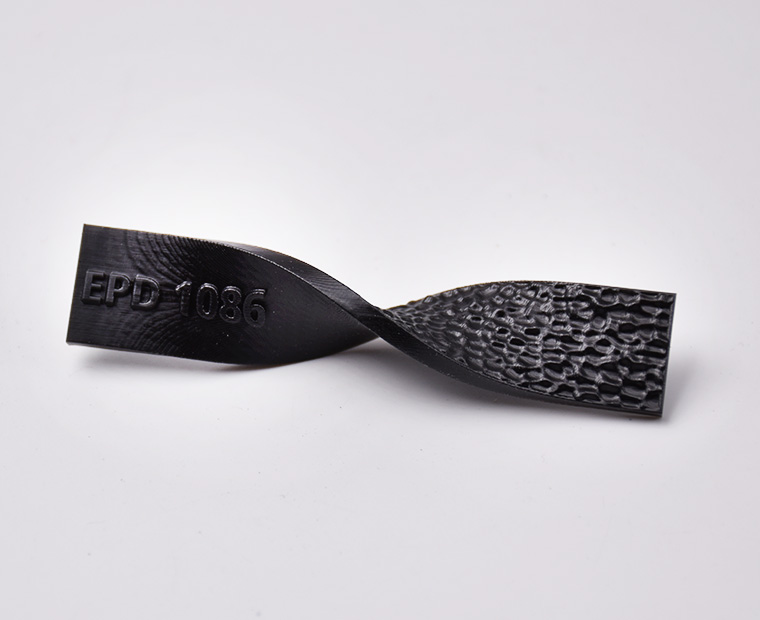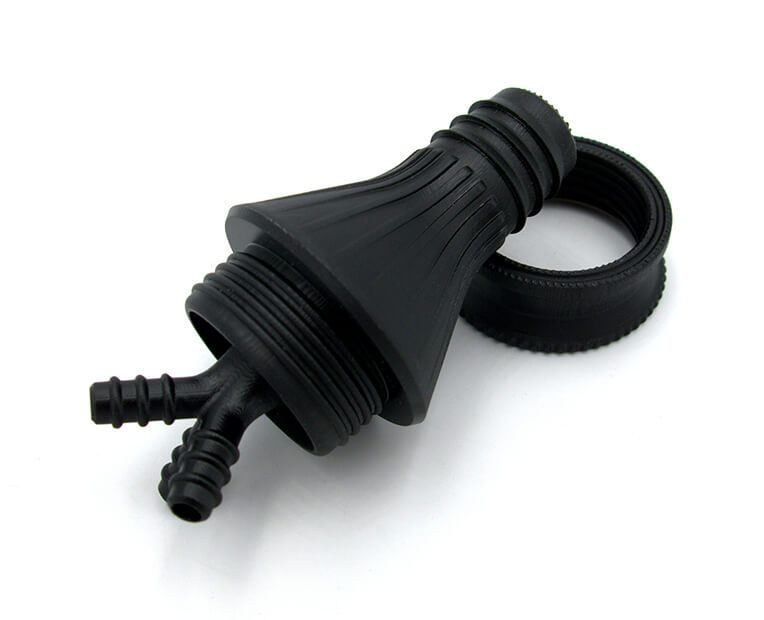PolyJet technology is known for its great surface finish, which allows to create detailed and smooth prototypes. This manufacturing technology is popular for rapid prototyping because of its excellent precision to CAD files. This resin technology can create detailed features, complex shapes, and delicate characteristics. Its an efficient technique, which incorporates a wide range of materials and colors into individual models.
Some resin materials available with the Polyjet technology offer a rare characteristic. Indeed, the VeroClear material, that we will see more into details after, has the adaptability to become transparent after polishing.
SLA and Polyet are often seen as the best options to create detailed objects with a smooth surface, they both have an important role on the 3D printing market. These two technologies are resin-based and employ a UV-cured liquid resin, however, their printing processes are quite different.
As the platform is lowered into the resin tank with each pass, SLA employs a laser to imprint a layer on the resin tank’s surface. A UV lamp is used to cure each layer when the object is produced in. On their side, PolyJet printers build up a 3D model by spraying tiny droplets onto a dry construction plate. With PolyJet 3D printers, the resin is distributed onto the print bed using an inkjet-like print head.
Ultimately, the choice between Polyjet and SLA depends on the specific applications and requirements. Depending on the materials you choose with these technologies, you won’t necessarily obtain the same properties. Polyjet might offer a better resolution, as well as a more diverse offer in terms of materials and colors.


 Connect with Google
Connect with Google Connect with Facebook
Connect with Facebook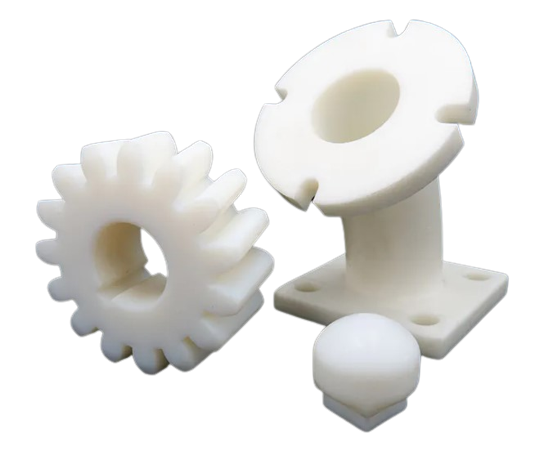
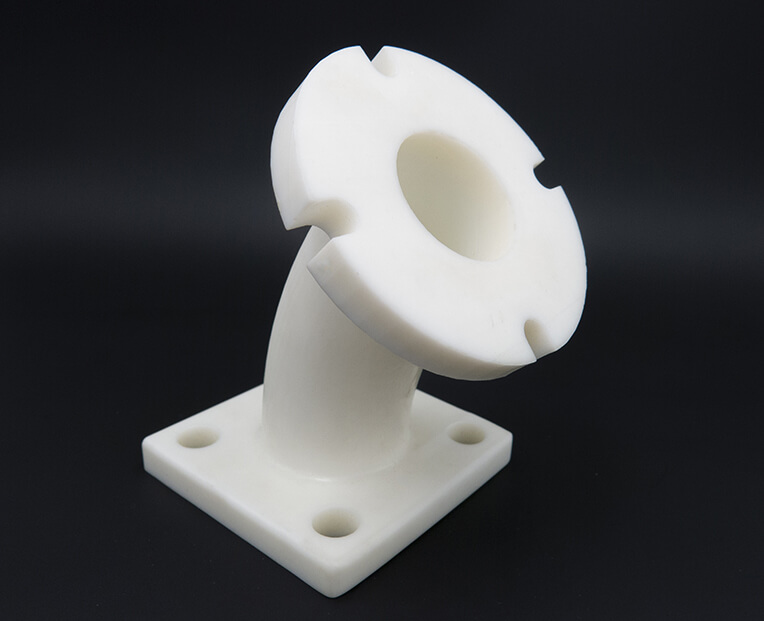
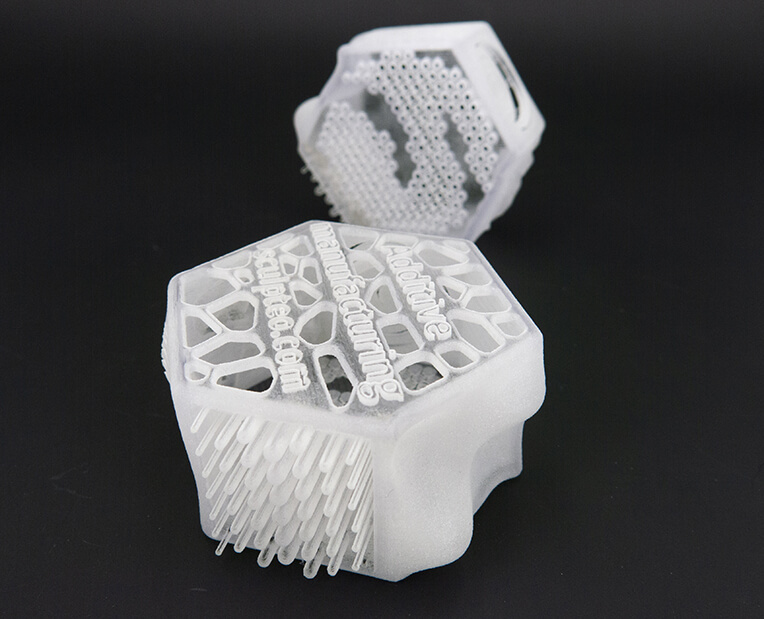 But the Polyjet technology can actually print a lot of other different 3D printing materials such as flexible photopolymers, bio-compatible photopolymers or composite photopoymers.
But the Polyjet technology can actually print a lot of other different 3D printing materials such as flexible photopolymers, bio-compatible photopolymers or composite photopoymers. 